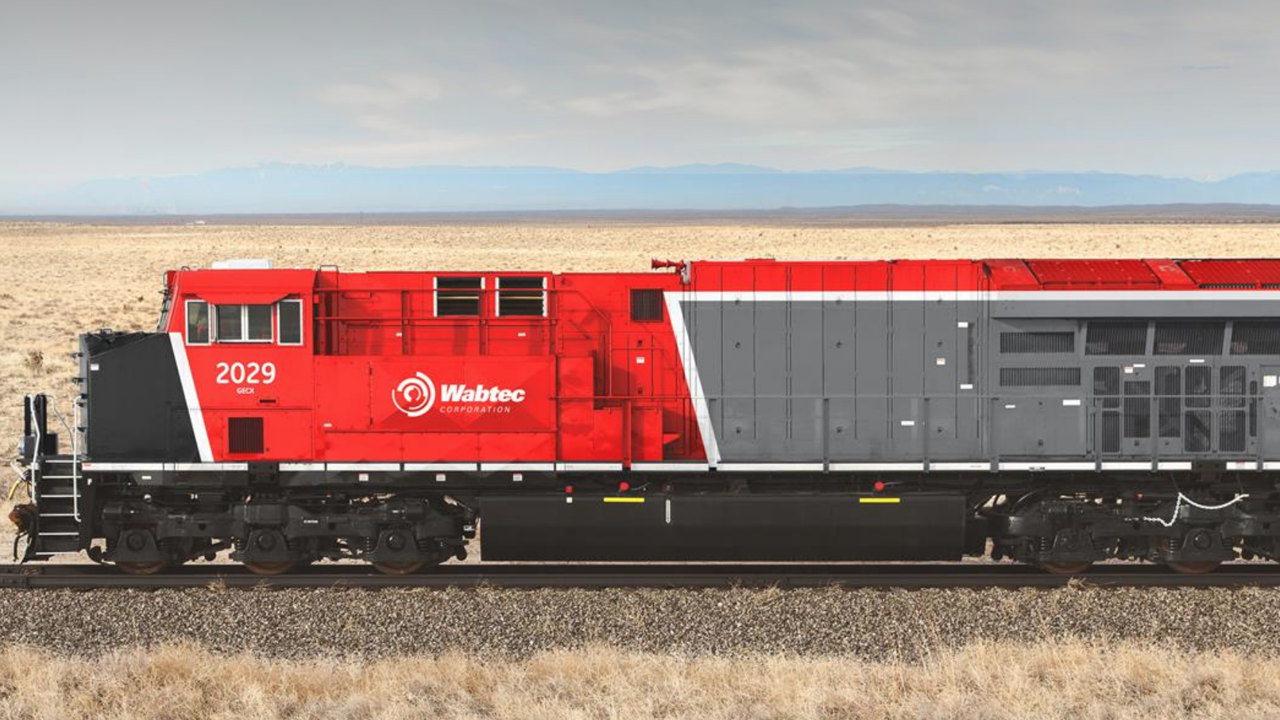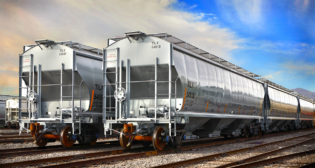
Rail Equipment Expert Panel Takeaways: TD Cowen
Written by Matt Elkott, Transportation OEM Analyst, TD Cowen
(Photograph Courtesy of Wabtec)
While we don’t know definitively, a part of Wabtec Corp.’s pre-owned locomotive order may not have been reflected in its guidance and could mean a mild incremental benefit, according to four rail and rail equipment expert panelists at TD Cowen’s June 27 virtual roundtable on the current state and outlook of the rail, locomotive, and railcar leasing and manufacturing markets.
Railcar tightness continues across an array of car types. Lease rates have not yet peaked. Manufacturing orders could be in line with 1Q.
Revenue per unit from the order of 69 certified pre-owned locomotives received by Wabtec, announced on Tuesday, should be well below that of a mod (a mod is typically $2-2.5MM), as the order does not include any major conversions. However, our panelists noted that the Dash 8’s (34 of the 69) should be very high margin, likely well above mods, while the Dash 9’s (35 of the 69) may be comparable to mod margins. Wabtec sometimes purchases at attractive prices old locomotives that would otherwise be scrapped and retrieves parts from them. At times, such locomotives are in a good-enough shape to warrant upgrading, performing extensive maintenance, certifying, and re-introducing back into service. Some of the units in the recently announced order may be an example.
Revenue per unit from the order of 69 certified pre-owned locomotives received by Wabtec, announced on Tuesday, should be well below that of a mod (a mod is typically $2-2.5MM), as the order does not include any major conversions. However, our panelists noted that the Dash 8’s (34 of the 69) should be very high margin, likely well above mods, while the Dash 9’s (35 of the 69) may be comparable to mod margins. Wabtec sometimes purchases at attractive prices old locomotives that would otherwise be scrapped and retrieves parts from them. At times, such locomotives are in a good-enough shape to warrant upgrading, performing extensive maintenance, certifying, and re-introducing back into service. Some of the units in the recently announced order may be an example.
There appeared to be a consensus among our panelists that reciprocal switching is likely to happen and that it could have a net negative impact on rail service. While a near-term service deterioration can be a tailwind to equipment demand, a structural deterioration brought about by regulations would be detrimental to the carriers’ efforts to convert highway freight, a potential negative for just about all rail industry stakeholders.
Our panelists seemed to agree that railcar lease rates generally have not peaked, but they’re closer to it than they were a year ago. Continued headwinds facing the manufacturing side of the industry mean that the ongoing leasing upcycle has more steam than the typical recovery. Secondary market valuations seem to be holding up at the high levels they’ve been at for much of the last 2-3 years.
Tightness continues across a range of railcar types, including covered hoppers for grain and plastic pellets. Even frac sand covered hoppers have shown some demand improvement. Some tank car types have also improved. Autoracks are just about the only consumer-related car type experiencing strength. Most car types for bulk commodities and aggregates are in relatively high demand. We see this as yet another indication of non-resi construction resilience, particularly in the public sector. Center beams for lumber are looser given the residential construction down cycle, although recent home-builder earnings and guidance suggest the early start of a gradual recovery in residential construction (more so in single family than multifamily.)




